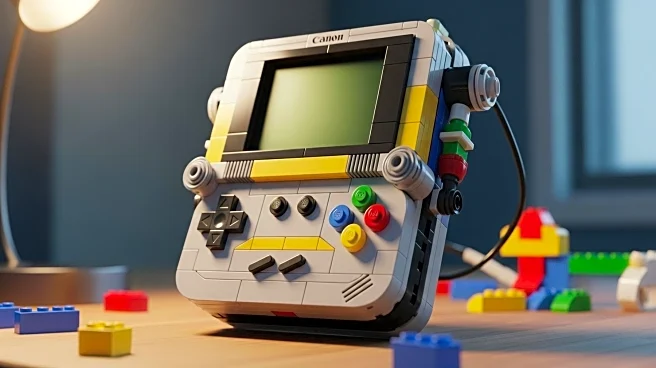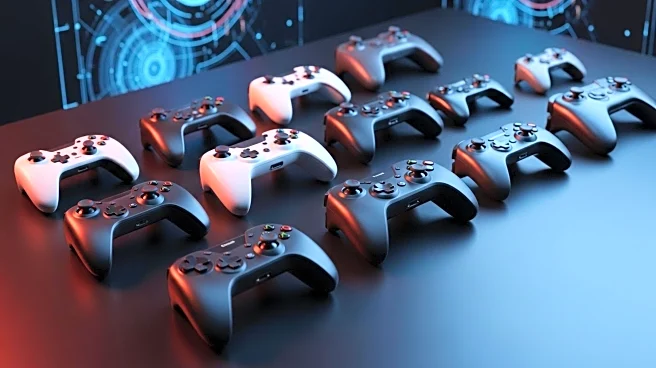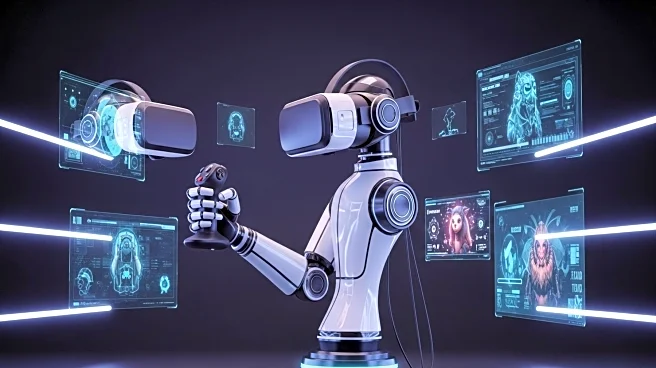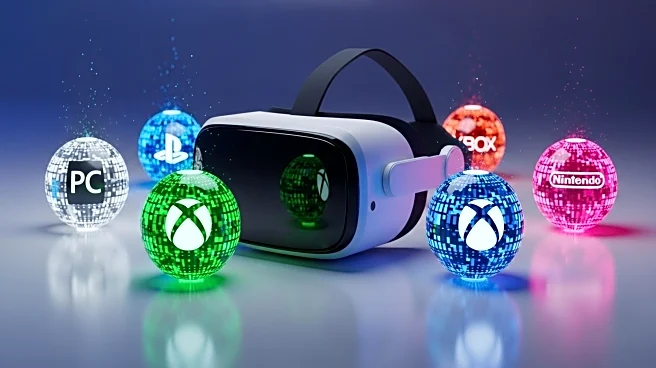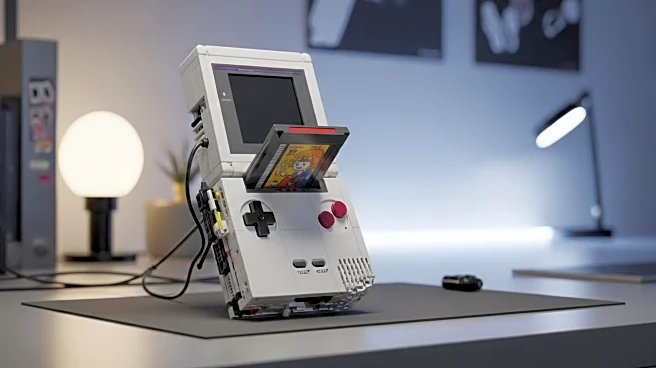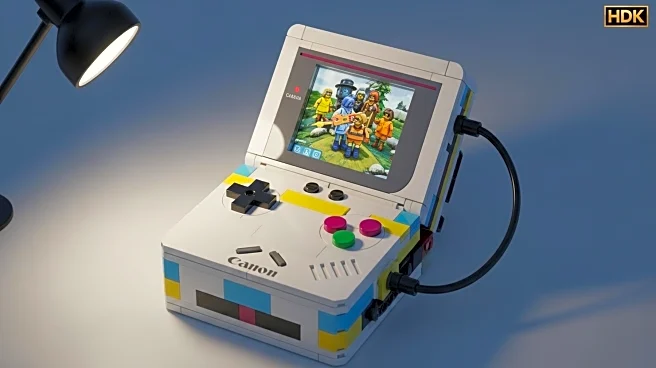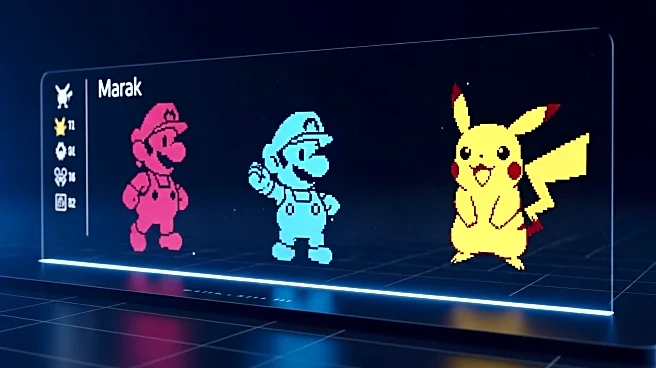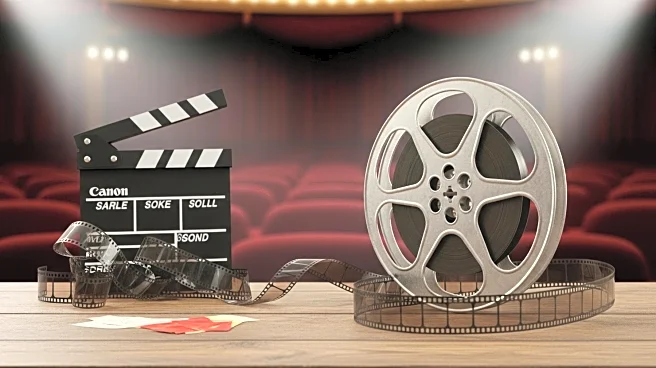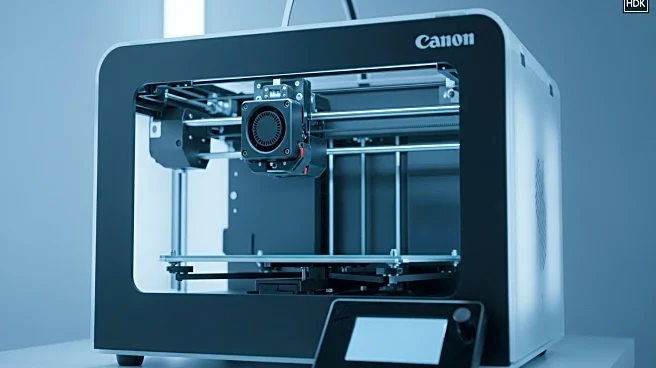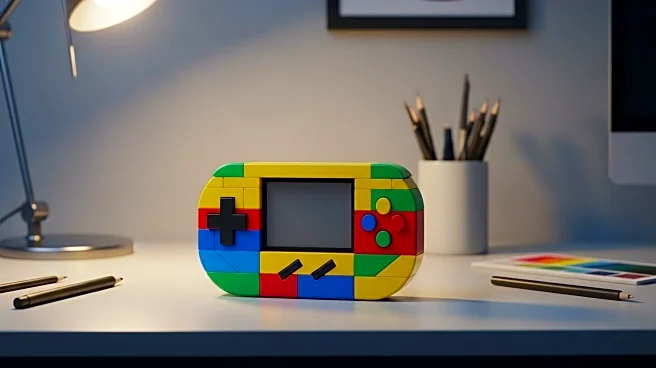What is the story about?
What's Happening?
LEGO recently released a 1:1 replica of Nintendo's iconic Game Boy as part of its Adult range of sets. The set features detailed game cartridges and interchangeable screens. However, an Australian modder known as Natalie the Nerd has taken the set a step further by modifying it to play actual Game Boy games. Natalie, a self-taught circuit-board designer, created a bespoke Game Boy circuit board with real chips, allowing the LEGO set to function as a real handheld gaming device. She achieved this by using the smallest screen kit available and designing a circuit board that fits within the dimensions of the LEGO set, albeit with some modifications to the original structure. The buttons are yet to be completed, but the device is wired for USB power. Natalie plans to release the circuit-board designs once her build is complete.
Why It's Important?
This modification showcases the creativity and technical skills within the gaming and DIY communities. By transforming a LEGO set into a functional gaming device, Natalie the Nerd has demonstrated the potential for innovation in consumer products. This could inspire other enthusiasts to explore similar projects, potentially leading to new trends in DIY electronics and gaming. The project also highlights the intersection of nostalgia and modern technology, as it brings a classic gaming device back to life in a unique form. This could have implications for how companies approach product design, encouraging them to consider modular and customizable options that appeal to tech-savvy consumers.
What's Next?
Natalie plans to release the designs for her circuit board, which could enable other enthusiasts to replicate her work. This may lead to a community-driven effort to further enhance and customize LEGO sets with functional electronics. As more people engage with such projects, there could be increased interest in DIY electronics kits and educational resources. Companies like LEGO and Nintendo might take note of this trend, potentially exploring collaborations or new product lines that cater to this niche market. Additionally, the project could spark discussions about intellectual property and the legal aspects of modifying branded products.
Beyond the Headlines
The project raises questions about the ethical and legal dimensions of modifying branded products. While Natalie’s work is a personal project, widespread replication could lead to intellectual property concerns. This development also touches on cultural aspects, as it reflects a growing trend of blending nostalgia with modern technology. Such projects can foster a sense of community among enthusiasts who share a passion for retro gaming and DIY electronics. Long-term, this could influence how companies design products, encouraging them to incorporate elements that allow for personalization and modification.
AI Generated Content
Do you find this article useful?
